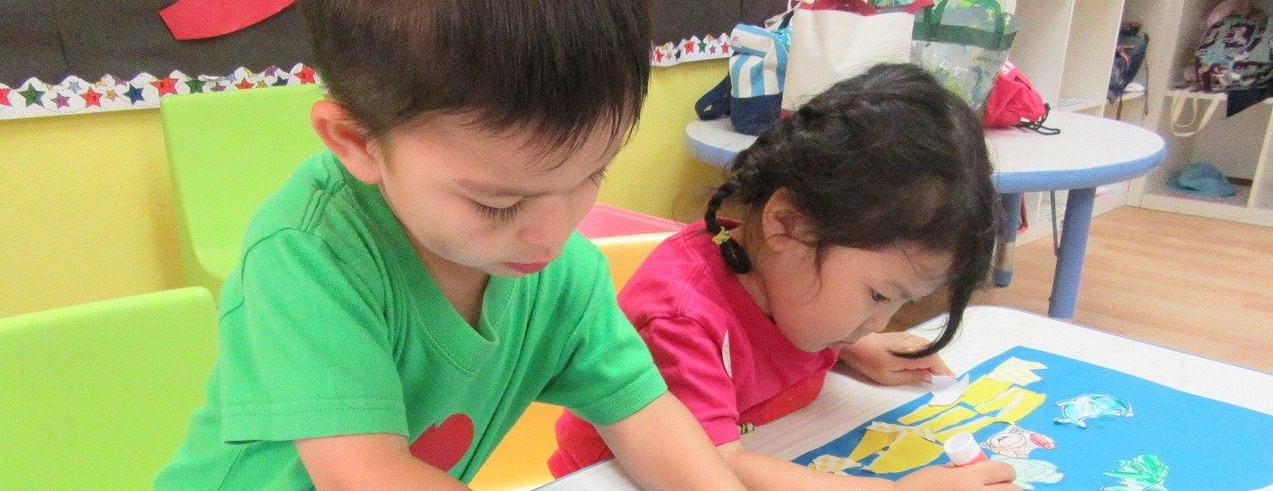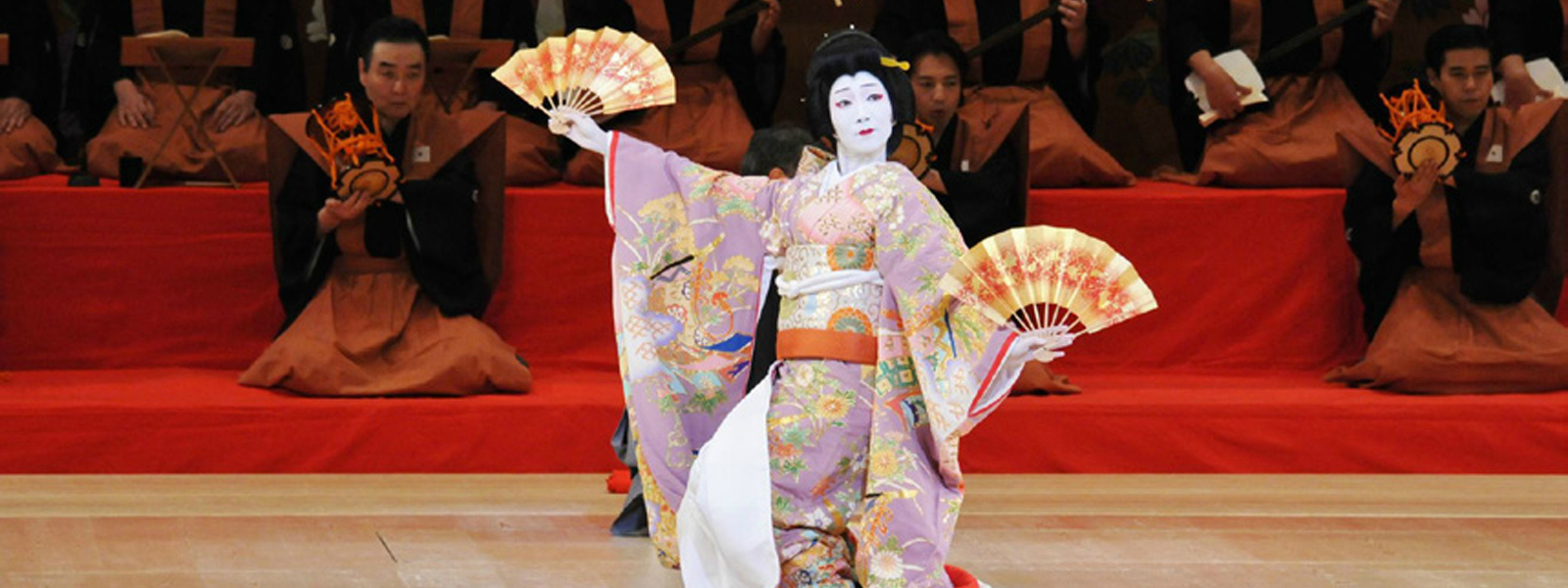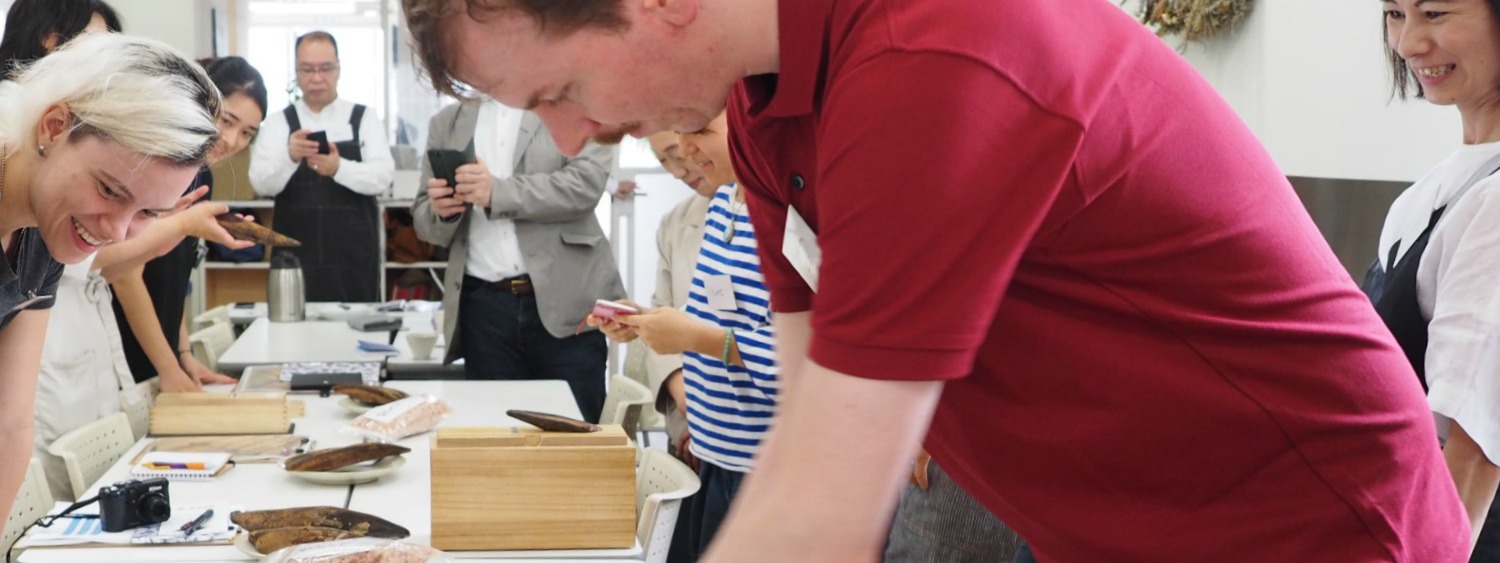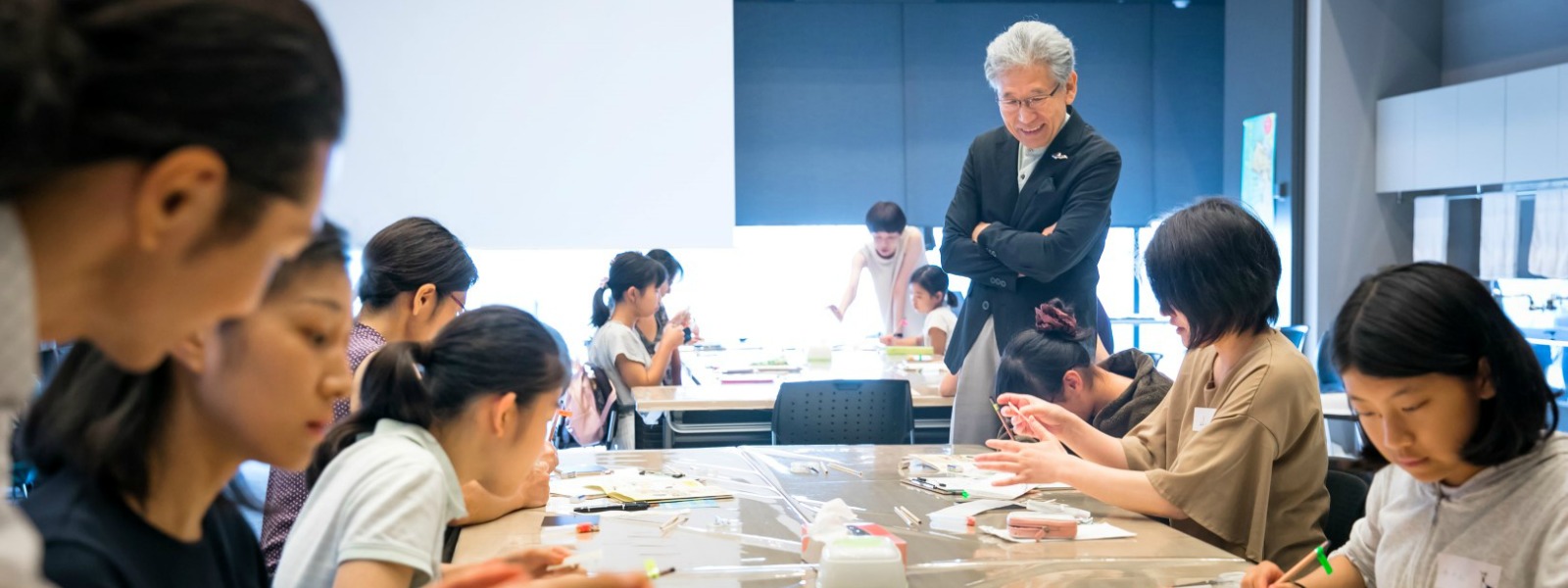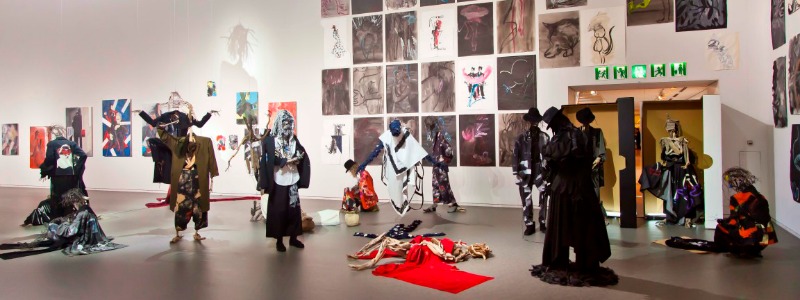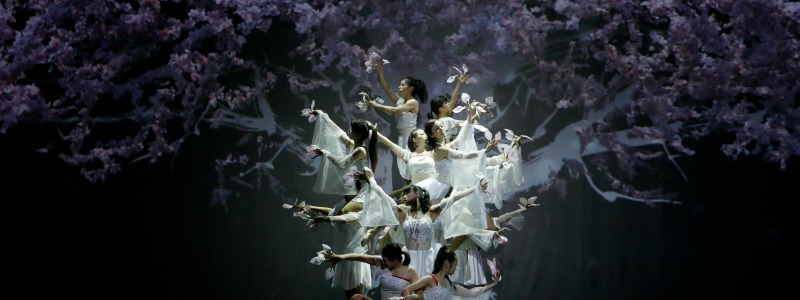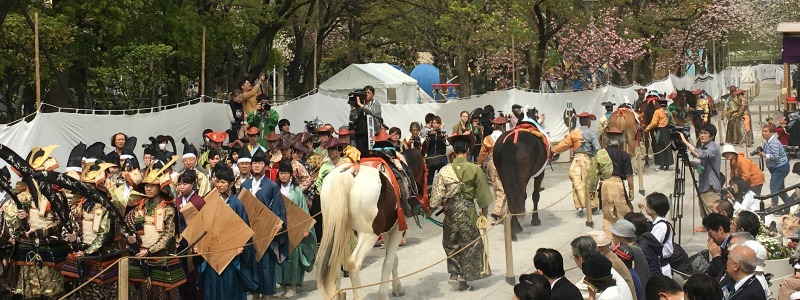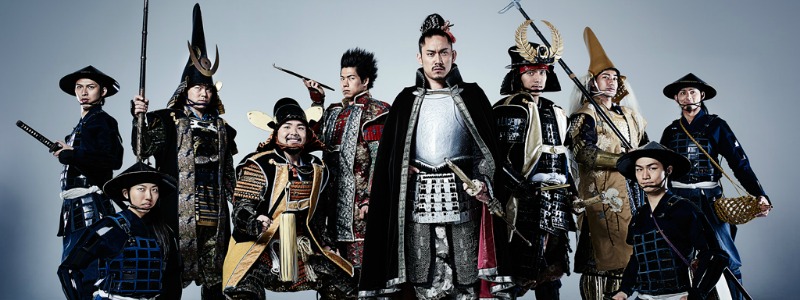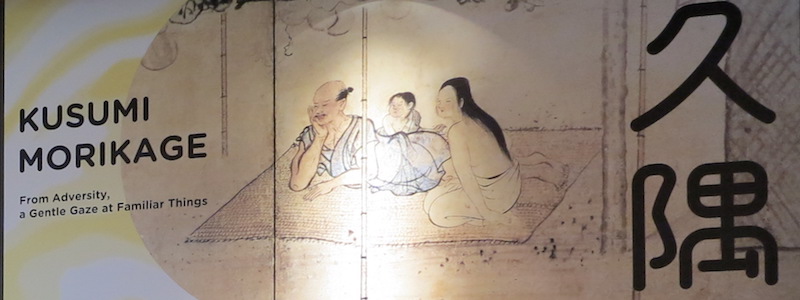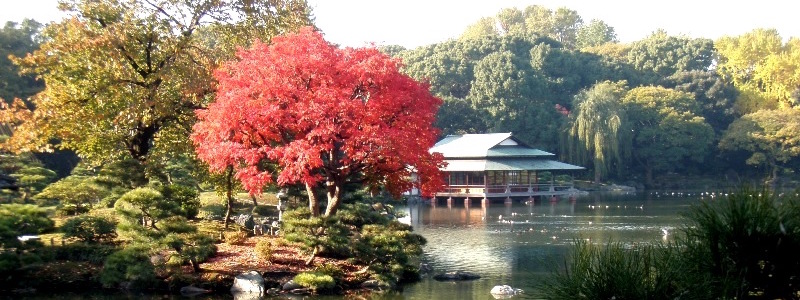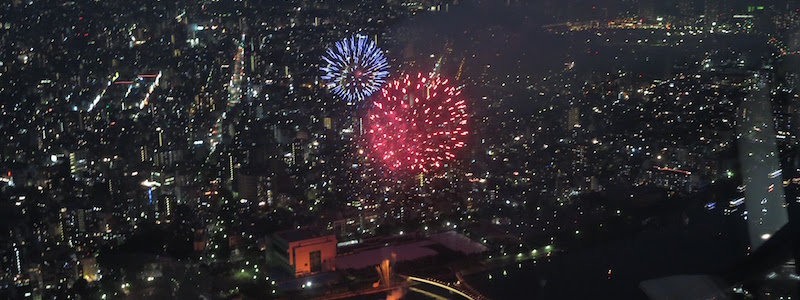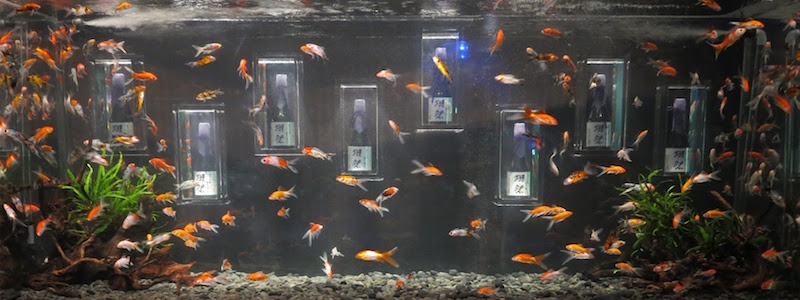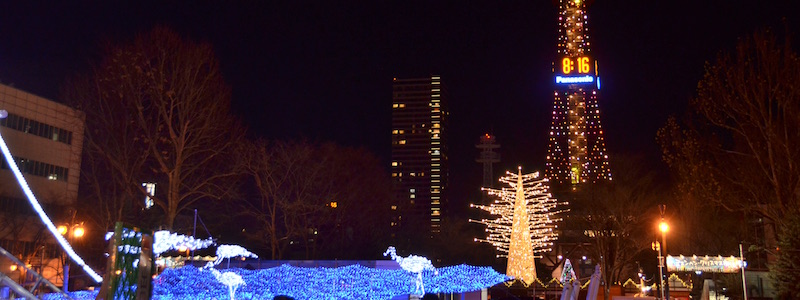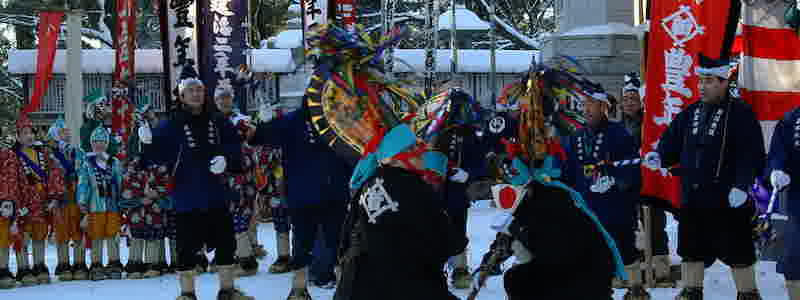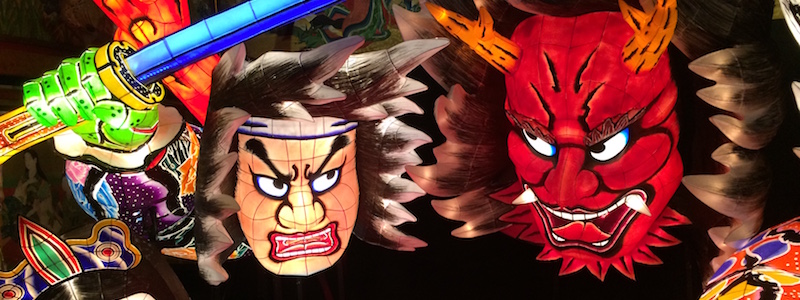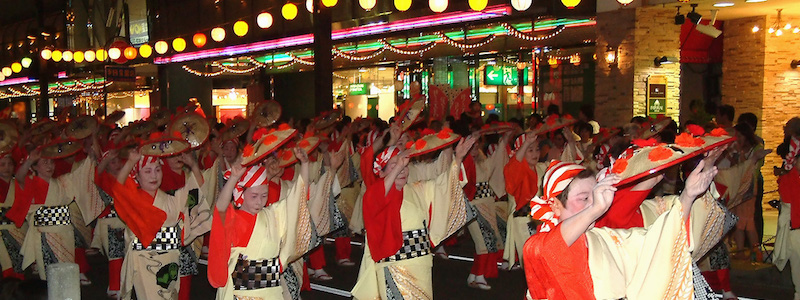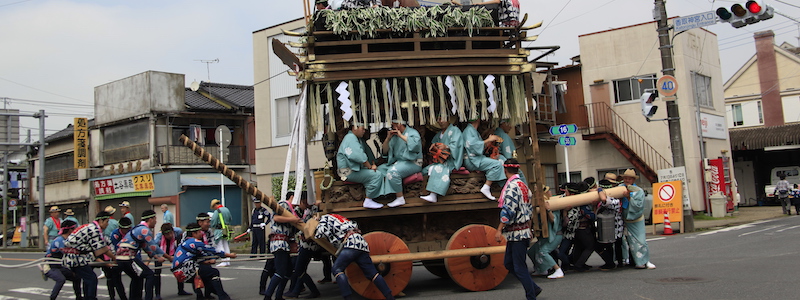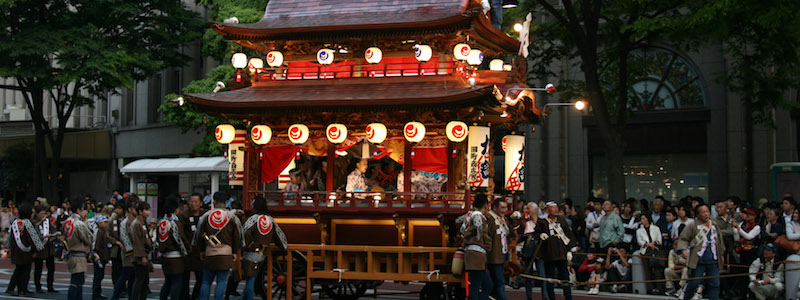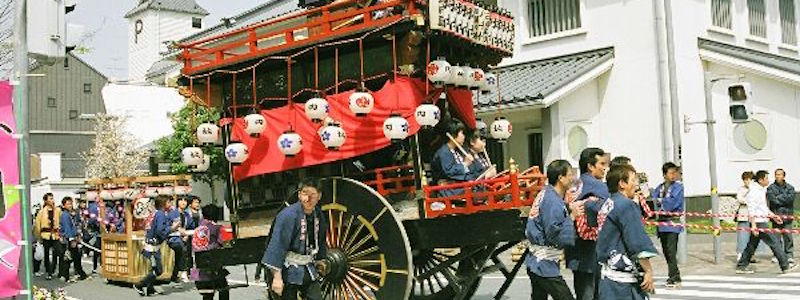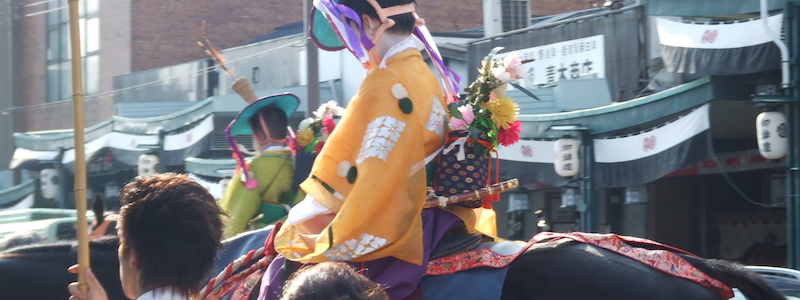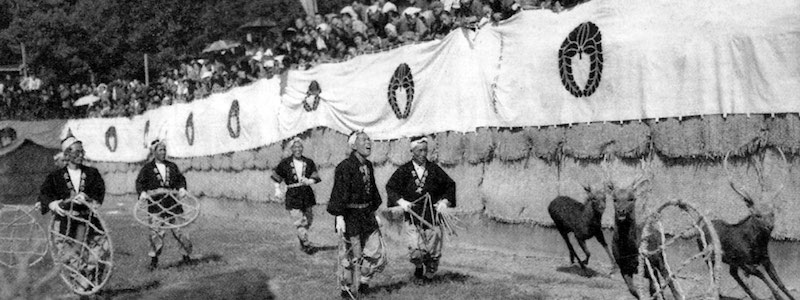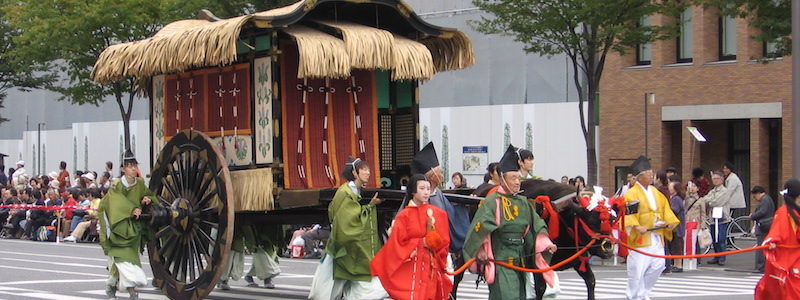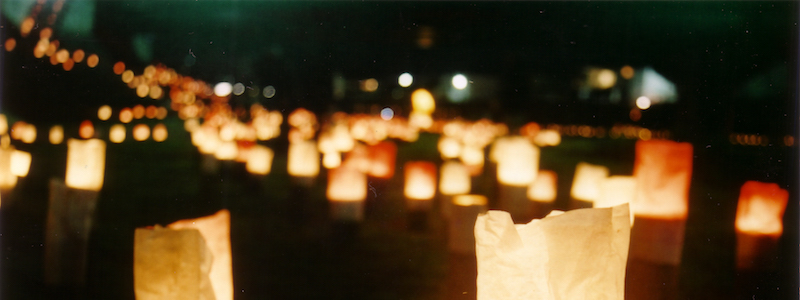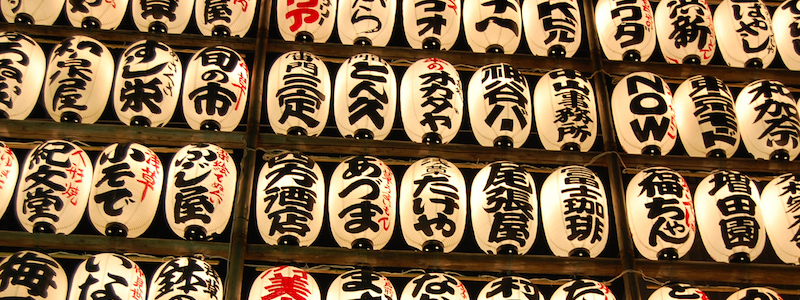The Expat's Guide to Japan
Everything you need to know about living and working in Tokyo & Yokohama
More results...
Blog Archives
Sapporo Snow Festival

(original photo by daita saru; CC BY 2.0)
2024 Sapporo Snow festival will be held from 4th February to 11th February. The Snow Festival is one of Hokkaido’s most famous events, with Sapporo’s main street lined with statues and sculptures made with ice and snow. Every year more…
Owara Kaze-no-bon
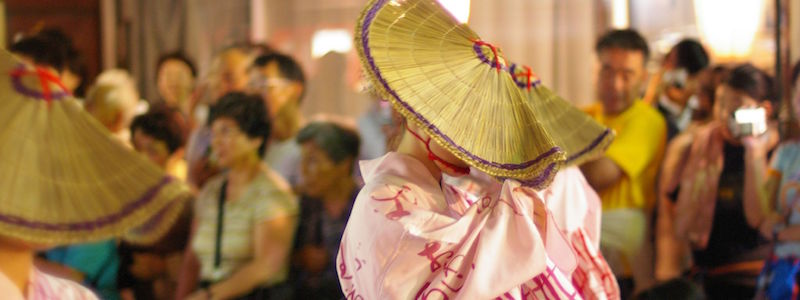
(original photo by つだ; CC BY-SA 2.0)
Matching their dance with the sentimental mood of the folk song “Etchu Owara” (越中おわら節), the dancers at this festival dance in a more subdued and elegant manner, while parading through town. On occasion, spectators are also welcome to join the…
Kanda Festival

(original photo by Marufish; CC BY-SA 2.0)
Kanda Festival will be held from 11th May 2023 to 17th May 2023. Internet TV will be available on 13th and 14th May 2023. This festival takes place at Kanda Myōjin (神田明神, Kanda Shrine), which has a history going back…
Summerhill International School Summer Program 2019
For Tokyo parents worried about what to do with the kids over summer break, Summerhill International School presents its Summer program 2019! A summer day program taking place for six weeks from mid-June to late July, Summer Program 2019 will…
Classical Japanese Dance Workshop Oct. 24th-28th
This month there is a rare opportunity for members of the public to participate in a classical Japanese dance lesson with professional dancers from the Onoe-ryu school. This form of dance, known as Nihon-buyo, has origins in kabuki theatre, and…
Workshop: Learning the basics of washoku
How much do you know about Japanese cuisine, or “washoku”? In 2013, traditional Japanese food was granted Intangible Cultural Heritage status by UNESCO, bringing about a sudden washoku boom across the world. Despite this surge in popularity, there is a…
Traditional Japanese Craft Workshop at Suntory Museum of Art
For those interested in traditional arts and crafts, Suntory Museum of Art is hosting an English-language workshop focusing on urushi (lacquerware) on October 29th. Held in cooperation with The Japan Kogei Association, the workshop will be led by Murose Kazumi,…
Painting and Weaving Opportunity: Yohji Yamamoto・Yuuka Asakura
A collaboration between acclaimed fashion designer Yamamoto Yohji and artist Asakura Yuuka, Painting and Weaving is an exhibition of artworks and clothing-based installation pieces running at Tokyo Opera City Art Gallery until mid-March. The Japanese title is “Ga to Ki”,…
SAKURA -JAPAN IN THE BOX-
Meijiza is a theatre with over 140 years of history, located in the Nihonbashi area of central Tokyo. While the venue has over the years been host to traditional forms of drama including kabuki and shinpa, and more recently to…
Asakusa Yabusame
Among the lesser known of Japan’s martial arts is yabusame, a form of horseback archery. Yabusame events take place across the country throughout the year. Expat’s Guide went along to this year’s Asakusa Yabusame event, held at Sumida Park. Yabusame…
Samurai & Ninja Show in Asakusa
Samurai, ninja and geisha are among the most evocative aspects of Japanese culture, but events and tourist attractions that feature them are relatively few and far between. The “Samurai & Ninja Show in Asakusa” aims to rectify that. Expat’s Guide…
Tokyo Winter Illuminations 2015-2016
Every year, the city of Tokyo responds to the dark of winter by lighting up brighter than any other time of year. Check out the highlights of the city’s Winter Illuminations below. Baccarat ETERNAL LIGHTS -Yorokobi no Katachi- The centrepiece…
Kusumi Morikage: From Adversity, a Gentle Gaze at Familiar Things
Kusumi Morikage (久隅守景) was a student of Kano Tan’yu, one of the foremost painters of the early Edo period. Much of Morikage’s work focused on the everyday lives of ordinary people, exemplified in his depictions of village life through the…
Tokyo Citizen’s Day
The 1st of October is Tokyo Citizen’s Day (都民の日, tomin no hi), on which many public parks, museums, galleries and other facilities offer free entry. Though not a public holiday, when it falls on a weekday most public school children…
Asakusa Samba Carnival Parade Contest
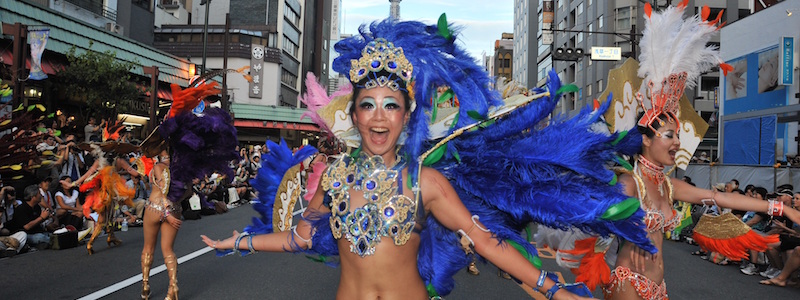
(original photo by 浅草サンバカーニバル実行委員会; All rights reserved)
This year, Expat’s Guide attended the 34th Annual Asakusa Samba Carnival Parade Contest . There aren’t many things that can make the humid Japanese summer feel even hotter, but if anything can, it’s samba! The Asakusa Samba Carnival has been…
Sumida River Fireworks Festival from Skytree
One of the oldest and largest displays of its kind, the Sumida River Fireworks Festival is attended annually by thousands of people who brave the intense summer humidity and crowd the nearby streets and designated viewing venues to enjoy the…
Wa no Akari x Hyakudan Kaidan
If you’d like a taste of summer culture from across Japan, look no further than the Wa No Akari x Hyakudan Kaidan exhibition at Meguro Gajoen. Running until the 2nd of September, the event showcases paper lanterns and other illuminations…
Eco Edo Art Aquarium 2015
Art and life are intertwined this summer at Eco Edo Nihonbashi Art Aquarium, running at Nihonbashi Mitsui Hall in Tokyo. Featuring hundreds of live goldfish in uniquely shaped aquariums, the exhibition is the brainchild of Tokyo-born aquarium designer, Hidetomo Kimura.…
Sapporo White Illumination
Along with the Sapporo Snow Festival, this artistic light display has become a well known reminder of winter. Now in its 33rd year, the festival grew from one location and 1,000 light bulbs to become known throughout the country. Objects…
Hachinohe Emburi
This festival is carried out in hope of a successful harvest. Dancers wearing hats representing horse head carry out a very unique and stylized dance, in which they wave their heads back and forth, while singing traditional rice farming songs.…
Aomori Nebuta
At this festival, giant models of warriors and lantern decorated floats are taken through the city among powerful shouts. One of the many theories about the origin of the festival is that it is based on the “Tanabata” festival, during which…
Akita Kanto Festival

(original photo by Yasuhiro_S; CC BY 2.0)
This festival originated from the ancient tradition of fending off the evil spirits of the summer, in hope of better health and crops. Participants parade through the streets with giant bamboo sticks to which an uncountable number of paper lanterns…
Yamagata Hanagasa Festival
This parade centers around floats, lavishly decorated with flower arrangements, and the accompanying dancers, dancing to Hanagasa Ondo folk songs, with their trademark red flower hats in hand. Over the three days of the festival, more than 1 million spectators…
Sukagawa Taimatsu Akashi
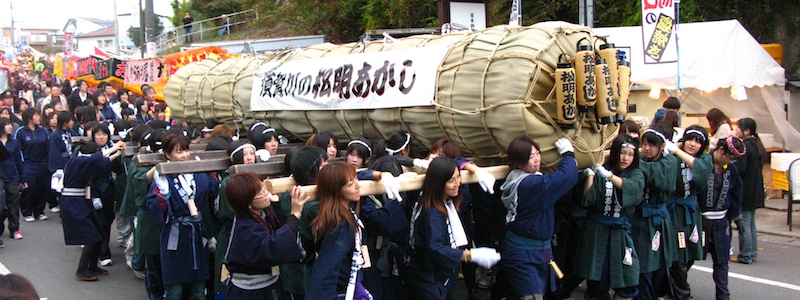
(original photo by This-is-Fukushima; CC BY 2.0)
Counted as one of the three largest fire festivals in Japan, this powerful and magnificent festival lights up the late fall season. Started to mourn the lost soldiers of Sukagawa Castle, which fell over 400 years ago, the festival consists…
Sannō Festival
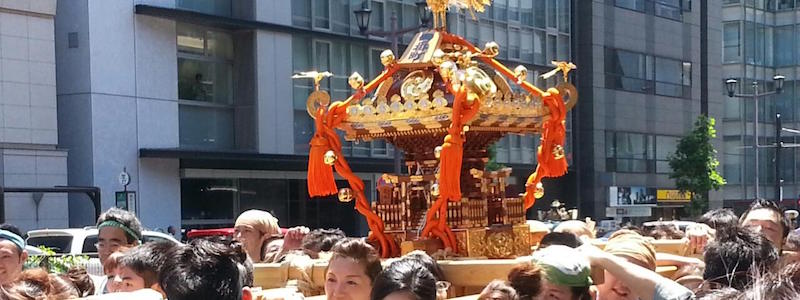
(original photo by Hajime NAKANO; CC BY 2.0)
This is one of the three major Edo festivals (江戸三大祭). This historic festival centers around Hie Shrine (日枝神社), the patron shrine of a wide area of central Tokyo which includes the Tokyo Imperial Palace compounds, and is meant to express…
Big Float Festival of Sawara
Sawara no Taisai (佐原の大祭, The Big Float Festival in Sawara) is a traditional festival that dates back more than 300 years. The festival takes place twice a year, once in July in the Honjuku area (the east side of the…
Kawagoe Festival

(original photo by senngokujidai4434; CC BY 2.0)
The Kawagoe Festival (川越まつり) is a brilliant, gorgeous festival that takes place in what is often referred to as “Koedo” (小江戸), or Little-Edo, a town known for its many, well preserved, old fashioned Japanese ware-houses and businesses from several centuries…
Torinoichi
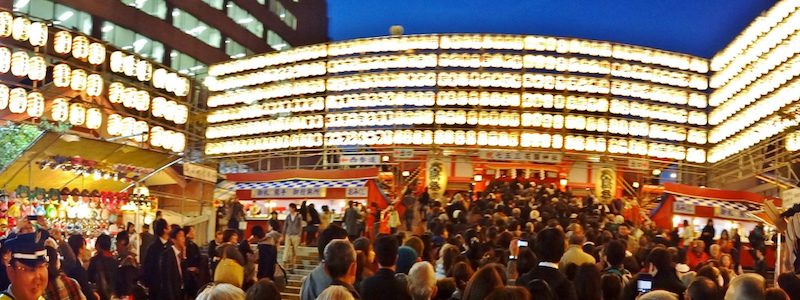
(original photo by Dick Thomas Johnson; CC BY 2.0)
Torinoichi (酉の市) is the religious festival of Otori Shrine that takes place every year on the Day of the Rooster (酉の日, Tori no hi) in November. The festival flourished around the Kanto area during the Edo Period, with the celebration…
Chichibu Yomatsuri
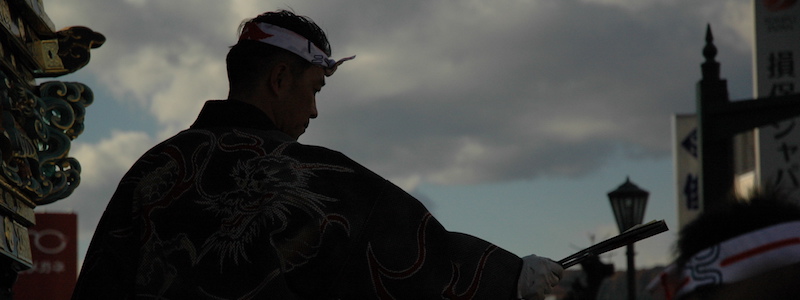
(original photo by Kaori Hilton; CC BY-SA 2.0)
This festival, with a history of over 300 years is designated as part of Japan’s “Important Intangible Folk Cultural Properties”. On the 2nd and 3rd, cars and floats decorated with paper lanterns parade the city. Some of these have performance…
Takayama Festival
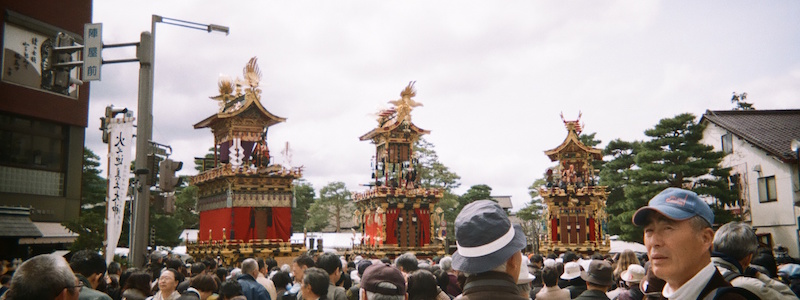
(original photo by Yuya Tamai; CC BY 2.0)
This festival takes place in spring and autumn. Several hundreds of people dress up in traditional Japanese attire and dance and parade through town to old Shinto songs led by lion dancers. Designated as one of Japan’s “Important Intangible Folk…
Hamamatsu Festival
This festival celebrates the birth of the first son in the last year. With more than 1 million visitors, it ranges as one of the largest festivals in Japan. During the day, there are a number of kite flying competitions…
Kakegawa Festival
The fall festival in Kakegawa (掛川祭) is famous for its performances, “yatai” floats, and lion dance. The Grand Festival takes place only once every three years, the next being in 2012, with performers from each town dancing in procession. The…
Paul Rusch Festival Yatsugatake County Fair
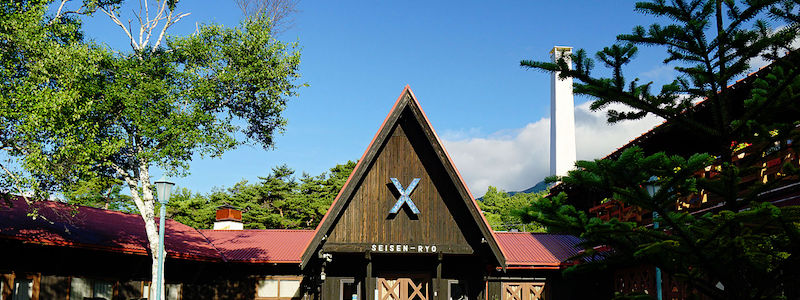
(original photo by 663highland; CC BY-SA 3.0)
This American-style Thanksgiving Festival is a rarity in Japan. Named after Dr. Paul Rusch, a Kentucky native who, focusing on the area around Yatsugatake Nanroku, devoted his life to helping rebuild Japan and introduce democracy after the war, this festival…
Aoi Festival
The origins of Aoi Matsuri (葵祭) can be traced back to the noble circles of the Imperial court. Among the many Japanese festivals it is known as one of the finest and rarest of its kind. Especially impressive is the…
Kyoto Gion Festival
The Gion Matsuri (祇園祭) is one of Japan’s three major festivals. It was first established in the year 869 in Kyoto and then became increasingly popular throughout Japan. Its primary objective has been to worship the Gion god and by…
Otsu Festival
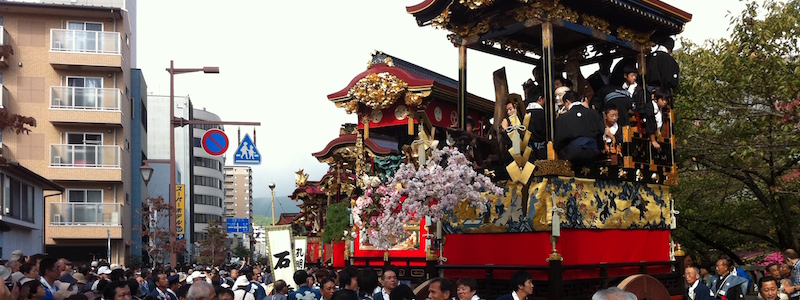
(original photo by Travis Sanders; CC BY 2.0)
Originating in the early part of the Edo Period, this religious festival includes a parade of magnificent, 13 story tall lantern floats. This festival is rare for its mechanical dolls (Karakuri Ningyo) which operate on special mechanisms such as “Koi…
Shika no Tsunokiri (deer horn cutting)
For almost 330 years, the Shika no Tsunokiri has been a marker of the fall season in Nara since the Edo Period. The event was started to protect townspeople, as well as valuable cultural properties from being damaged by bucks’…
Kyoto Jidai Festival
Established in 1895 to commemorate the 1,100th anniversary of the Heian Period move of the capital, this festival takes place at Heian Shrine. What is special about this festival, is that it offers you the chance to view a large…
Kurama Fire Festival
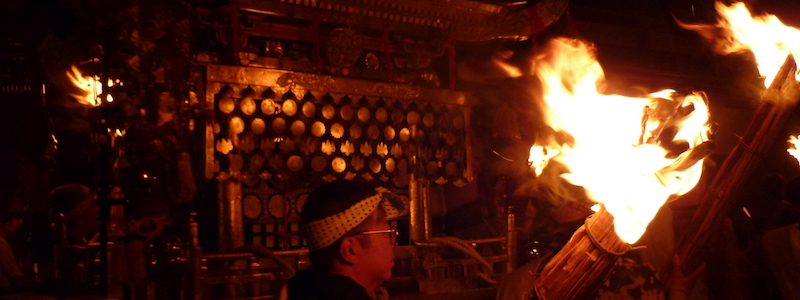
(original photo by Itamar Mendelson; CC BY 2.0)
The Kurama Fire Festival (鞍馬の火祭) takes place every year on the 22nd of October at Yuki Shrine, in Kyoto. Starting at 6pm, watch fires called Kagaribi (篝火) are ignited in front of each household in the village and, while the…
Kōchi Yosakoi Festival
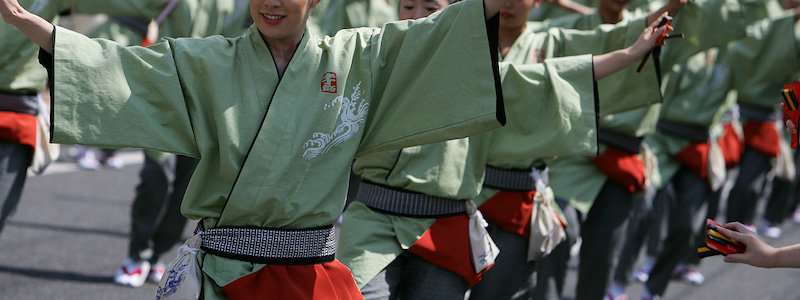
(original photo by 工房 やまもも; CC BY 2.0)
At this festival the unique “Yosakoi Naruko” dance is performed to the clapping rhythm of the Naruko (a wooden percussion instrument). On the evening of the 9th, there is a big fireworks competition at the Kagamigawa riverside and the main…
Awa Odori
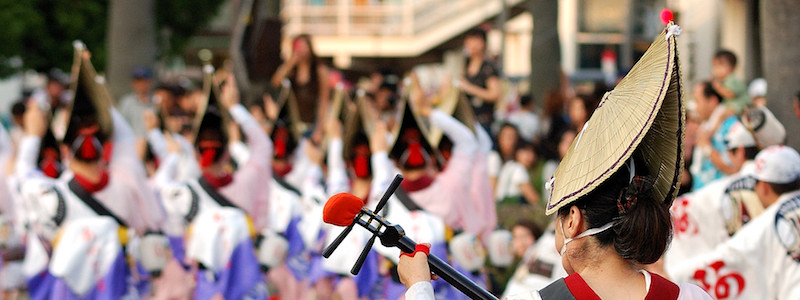
(original photo by Rosino; CC BY-SA 2.0)
The Awa Odori (阿波踊り) dance is one of the three Obon dances, and is performed to accompanying shamisen, taiko and flute music. During the festival period, a wide area of the town turns into a pedestrian paradise with dance stages…
Hakata Gion Yamakasa Festival
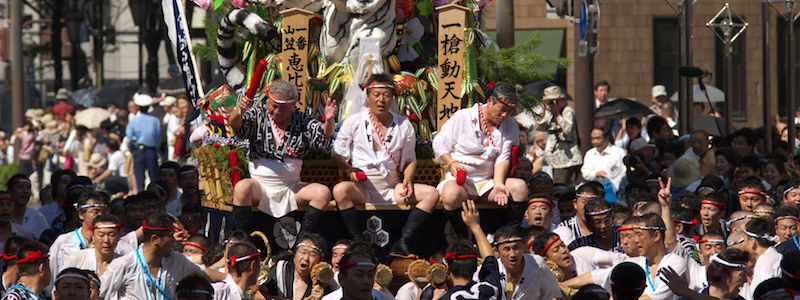
(original photo by Pontafon; CC BY-SA 3.0)
This festival which takes place at Kushida Shrine (櫛田神社), home to the patron deity of Hakata, looks back onto a history of more than 760 years. The Yamakasa here are large floats decorated with banners and puppets, which are presented…
Hakata Dontaku
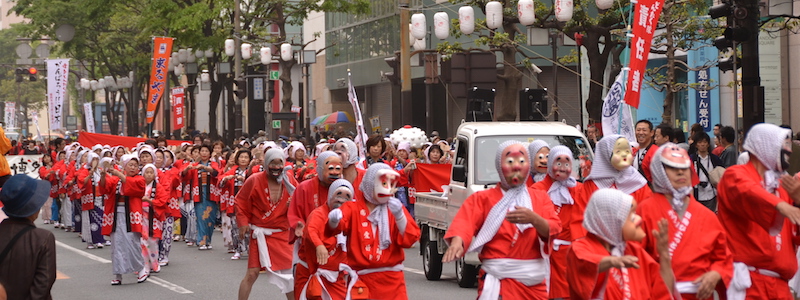
(original photo by フェレス; CC BY-SA 2.1)
Between 10:00am and 8:00pm, at 30 different locations in the Tenjin and Hakata districts, the so-called “Dontaku-tai” dance groups will perform displays of their skills. In the afternoon, there is also a parade at the Dontaku Plaza on Meiji Dori.…
Okinawa Zento Eisa Festival
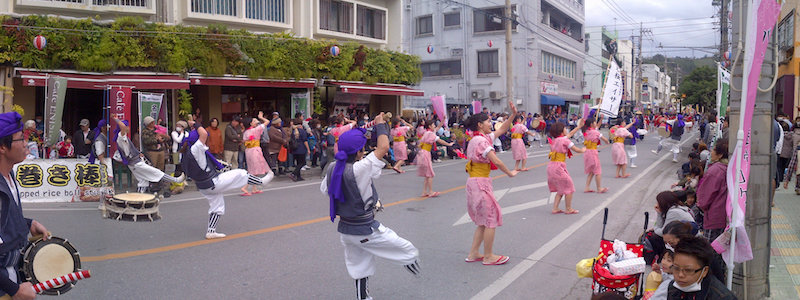
(original photo by Nelo Hotsuma; CC BY 2.0)
Eisa (エイサー) is a traditional Okinawan dance festival, which takes place around the Obon holidays. In 1956, when Koza City (present-day Okinawa City) was established, this event began as an Eisa dance competition. Since then it has evolved into a…
Nagasaki Kunchi
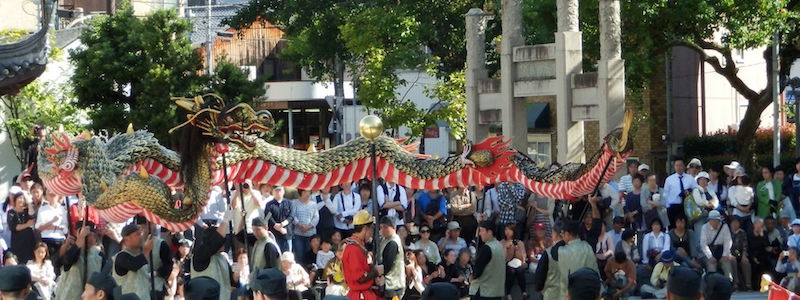
(original photo by Marine-Blue; CC BY-SA 3.0)
This event consists of musical performances in honor of the patron deities of the surrounding villages which are kept at Suwa Shrine. One of the main features of this festival is its international flair, including cultural imports from Holland, Portugal…
Hita Sennen Akari
The historical town of Mameda (豆田) has been registered as a national cultural asset, and every year on the second weekend of November, Hita Tenryo Festival (日田天領祭り), a festival celebrating the historical importance of the area is held. The bamboo…
Taketa Chikuraku
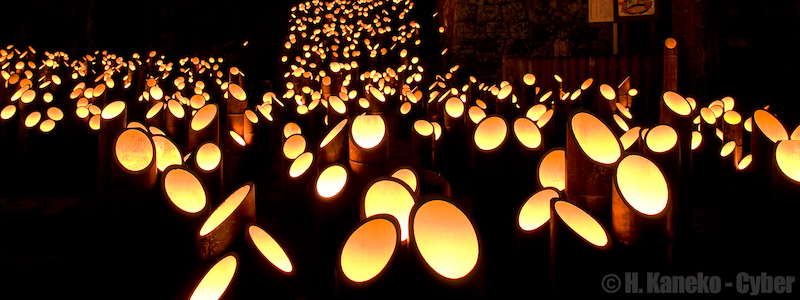
(original photo by Hiroaki Kaneko; CC BY-SA 2.0)
Taketa Chikuraku (たけた竹楽) is an illumination event that started in 2000 in Taketa City, where over half the city is covered by forested land, with a good portion of it being varieties of bamboo. Bamboo was once a valuable material,…
Sanja Festival
Sanja Festival (三社祭) is one of Tokyo’s biggest festivals. The parade centers around three portable shrines (mikoshi) which are carried towards Asakusa Shrine. The festival attracts up to 2 million visitors every year, and is a truly quintessential Japanese experience,…
